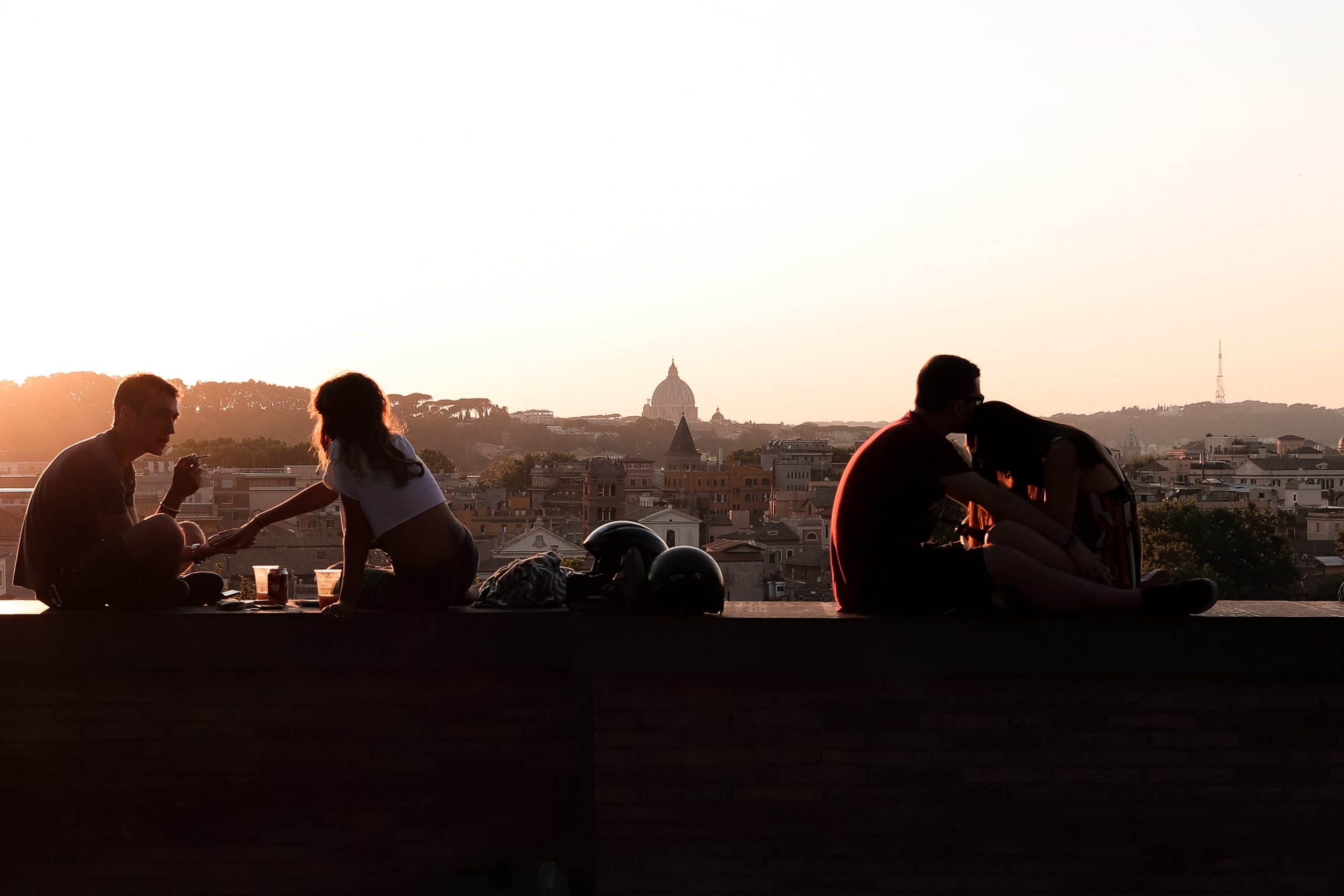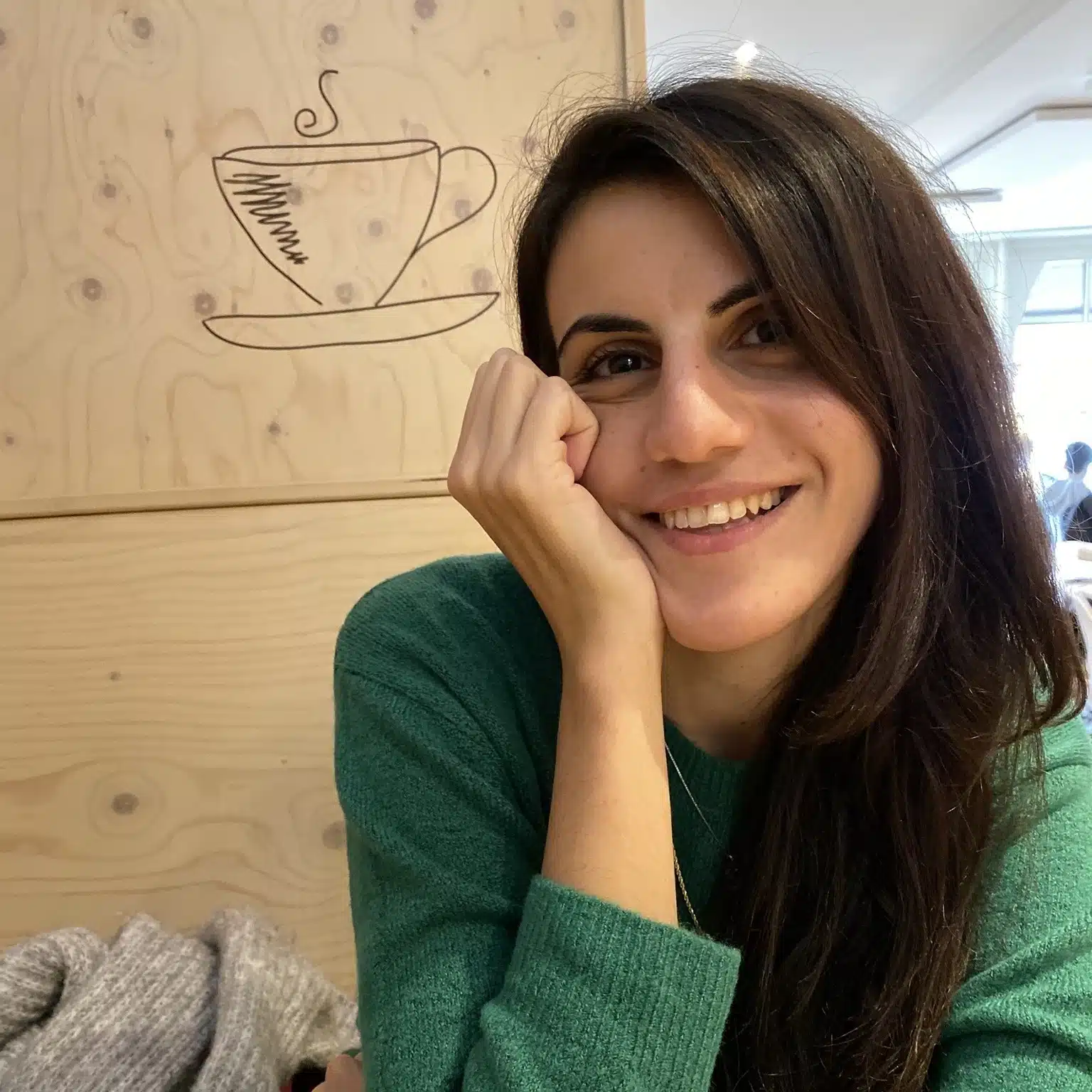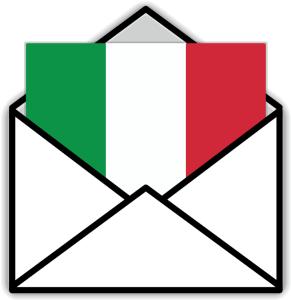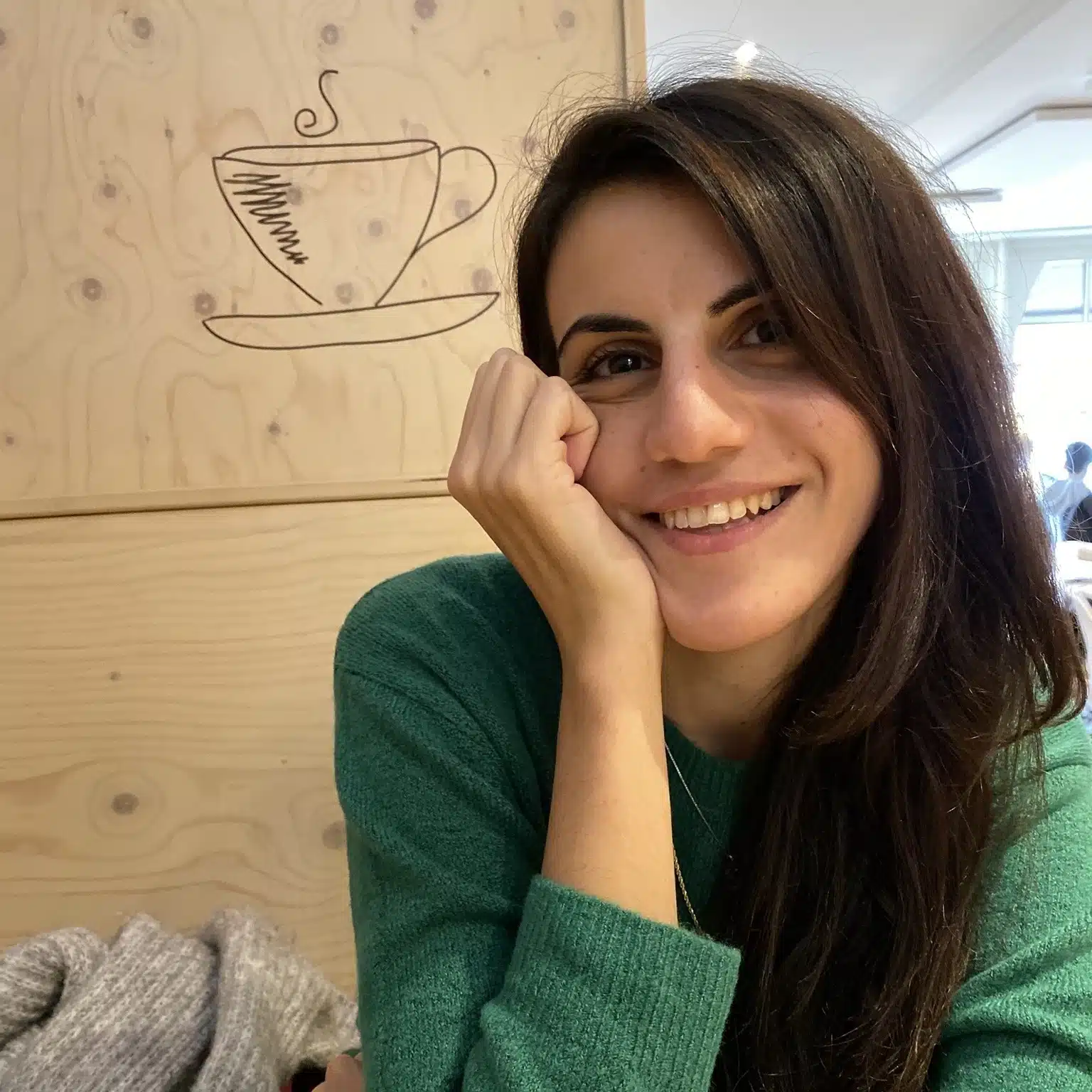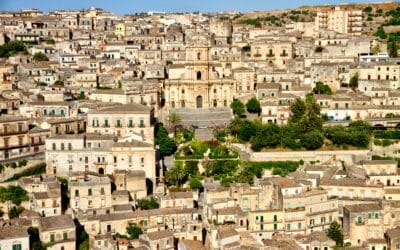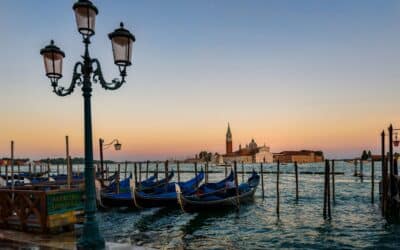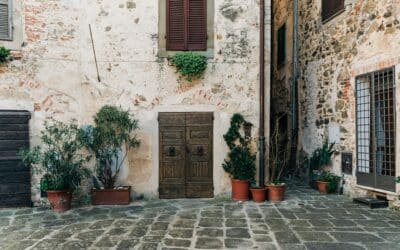| IT/EN Adjective | Usage | Italian/English |
|---|---|---|
| Bene = Well | Adverb used only after verbs. | Paolo parla inglese bene (Paolo speaks English well) |
| Bravo= Good at | Adjective used only with people. Means “skilled, talented, good at. | Paolo è molto bravo a lavoro (Paolo is very good at his job). |
| Buono = Good | Adjective that refers to the interior qualities of things or people. | “Paolo è buono” or “questo piatto è buono” (“Paolo is good at heart” or “this dish is good”). |
| Bello = Beautiful, nice | Adjective that refers to the exterior qualities of things or people. | “Paolo è bello” or “questo tavolo è bello“(“Paolo is handsome” or “this table is nice”). |
Bene
One of the most common mistakes I hear from English native speakers when speaking Italian is misusing the word “bene.” While it is often used to mean “good,” this usage is incorrect. In fact, “good” only translates to “bene” in the phrase “sto bene,” which means “I’m good.”
Never say: il libro è bene ❌
Otherwise, “bene” should be used as an adverb and only after a verb, such as in the sentences:
- Marco cucina bene – Marco cooks well
- Lucia disegna bene – Lucia draws well
Intensifiers of “bene”
- Molto bene, benissimo = very well
Bravo
Bravo is an adjective which is often misused too.
Bravo means, indeed, good. But, it’s just used for a person and with the meaning of talented, skilled, or good at something.
- Luca è bravo a disegnare (or Luca è bravo in disegno) – Luca is good at drawing
- Luca è bravo a cucinare (or Luca è bravo in cucina) – Luca is good at cooking
Note that you can use the adverb bravo in two different ways, like the above phrases.
- Essere bravo + a + verb – Luca è bravo a cucinare
- Essere bravo + in + noun – Luca è bravo in cucina
In other words, we can say that bravo is used when someone has a talent, a skill, or is simply good at doing something.
Bravo has a secondary meaning too.
Bravo is also used to indicate the moral qualities of a person.
- Una brava persona, a person with ethical values and a good morale.
Common Italian expressions using “bravo”
- Che bravo! – Well done!
- Bravo! – Well done!
- Bravissimo – Way to go!
Bello
Bello is a versatile Italian adjective that can describe both people and things. When applied to things, it can mean “nice” or “beautiful,” while when applied to people, it can mean “beautiful” or “handsome.” In either case, bello denotes the external qualities of the person, thing, or place being described.
- Questo tavolo è così bello – This table is so beautiful
- Marta è una bellissima dona – Marta is a beautiful woman
- Firenze è bellissima – Florence is very beautiful
Intensifiers of bello
- Molto bello, bellissimo – very beautiful, awesome, gorgeous
- Strabello (colloquial) – super beautiful
More examples with bello
- Quel palazzo è bellissimo – That building is gorgeous
- Che bella città! – What a nice city!
- Che bella casa! – What a beautiful home!
Popular Italian expressions using “bello”
- Che bello! – That’s lovely!
- Bello! – Lovely!
- Bellissimo – Awesome!
For intermediate learners, did you know that bello can sometimes change to begli, bei or bel? In this article, I will explain why this happens. Bel? Begli? Bei? What do they mean?
Buono
Buono means good and is used to give an opinion about the interior qualities of something or someone.
If a person is buona, we mean that this person has ethical qualities.
- Marco è buono – he is good-hearted or a person with good moral qualities
If something is buono, we mean that this thing has a good quality.
- Quella pasta è buona – That pasta is good
- Questo prodotto è buonissimo – This product is very good
- Questo legno è buono – This wood is good
Intensifiers of buono
- Molto buono, buonissimo – very good
- Strabuono (colloquiale) – super good
Popular Italian expressions using buono.
- Che buono! – It’s delicious! (when referring to food or drinks)
- Buono a sapersi – good to know

